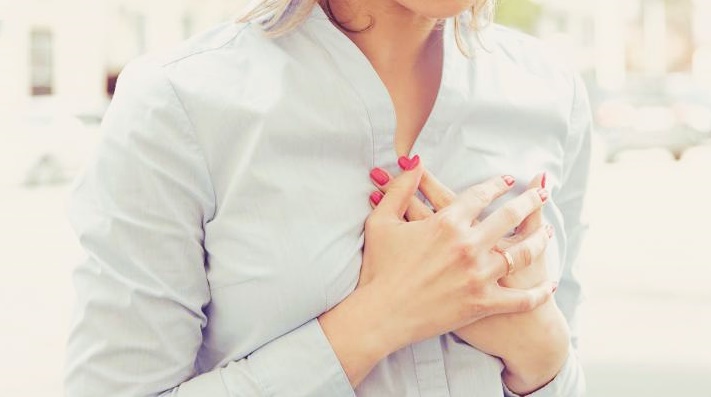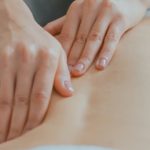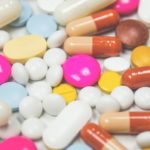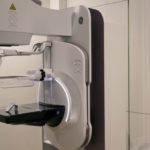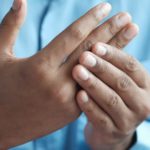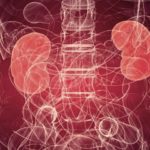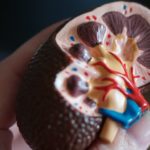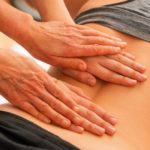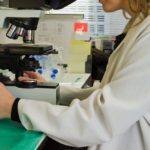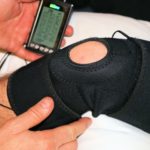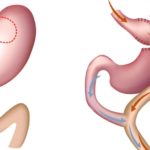Why does breast pain occur?
Breast pain is called mastalgia in medical terminology. It is a common symptom seen in young females between the ages of 30 – 50 years. It may occur in one or both breasts. In the majority of patients, the pain is tolerable and is presumed to be due to cyclical changes associated with menstruation. In the remaining 15-20% of patients, the pain is severe and requires treatment.
Types of breast pain
Breast pain is divided into two types, cyclical and non-cyclical. The cyclical pain is related to the menstrual cycle whereas the non-cyclical variety is independent of the menses. Medical history from the patient can usually differentiate between these. The cyclical pain starts or becomes worse during the late luteal phase of the menstrual cycle and reduces partially or completely disappears with the onset of menstrual bleeding. A breast pain charting may be required in certain cases where history is not clear or especially if the patient has undergone a hysterectomy. The pain chart can also assess the effectiveness of therapy. In general, two-thirds of the patients have cyclical pain and the remaining have non-cyclical pain.
Cyclical breast pain
The pain is related to hormonal changes during the menstrual cycle. It may occur due to an elevated level of estrogen, reduced progesterone, or an abnormal estrogen/progesterone ratio. A clinical correlation between pain severity and circulating hormone levels could not be proven in studies. The cyclical nature of pain with complete cessation after menopause suggests the relation of cyclical pain to hormones.
The patients are young premenopausal females. They present with premenstrual fullness of breasts, discomfort or pain, and heaviness. The symptoms are usually bilateral and the pain may radiate towards the axilla and upper arm. The severity of pain may vary during different cycles and is aggravated by physical exertion. The breast’s findings include lumpiness and tenderness on examination which is marked in the upper part towards the axilla. These changes regress postmenstrually to recur monthly. The pain may subside completely after a few months/years or continue till menopause.
Non-cyclical breast pain
This pain is unrelated to menstrual cycles and occurs in both premenopausal and postmenopausal conditions. The pain may be continuous or irregular in time distribution. In the majority of patients there is no demonstrable disease while in others the following disorders/conditions may be found:
- Stretching of Cooper’s ligaments: Cooper’s ligaments provide support to the breast tissue. If there is stretching of these ligaments then the pain-sensitive nerve fibers are stimulated resulting in pain. Pressure from brassiere may be a contributory factor.
- Fat necrosis from trauma: The trauma to the breast may be direct or indirect (forceful muscle contraction). This may result in necrosis or the death of fat cells. It incites an inflammatory response resulting in pain.
- Hidradenitis suppurativa: This is characterized by inflammation of special glands (apocrine glands) under the areola of the breast. This is usually associated with inflammation of similar glands in the axilla, nape of neck, groin, scrotum, and buttocks. It is associated with chronic pain.
- Periductal mastitis: the ducts in the breast which transport the milk to the nipple are dilated in this condition. These dilated ducts are inflamed and are the cause of pain. The cause is not known though the disease is more commonly seen in smokers. There may be associated brown or green discharge from the nipple.
- Cyst: cyst is a cavity filled with fluid. The cysts form during the involution of breast tissue commonly during the 4th decade of life. The breast cysts are commonly multiple and bilateral.
- Mondor’s disease: Mondor’s disease is thrombophlebitis (inflammation of veins) of the surface veins of the breast. The cause is not known. Due to inflammation, there is clotting of blood in these veins and it feels like cords under the skin.
